
In this new thematic series, our editors consider the relationship (past and present) between horology and broader popular culture — in music, cinema, design, and many other creative realms besides
With a booming secondary market and countless high-profile namedrops, I don’t think it’s unreasonable to surmise that mechanical watches are having a cultural moment. But unlike a plethora of analog technologies that came and went in a matter of decades, the current outpouring of interest in luxury watchmaking is simply the most recent example of horology’s perennial knack for capturing the public imagination.
In ‘Culturecheck’, we discuss the why of this phenomenon. Watches have become so indelible a part of our collective psyche that they’re nowadays regarded with the same sort of feverish excitement that was once reserved for fashion: an audacious claim, but one that makes perfect sense — as we’ll explain below.
Fashion

We’ve briefly alluded to this enduring cross-cultural dynamic above, but it’s impossible to overstate just how central watches have become in the world of fashion. After all, more than a few collectors are likely to have experienced their own horological ‘awakening’ through the medium of fashion watches - better thought of as ‘accessories’ in the mould of footwear or small leather goods. But beyond the pale of high street brands like the (now-infamous) Daniel Wellington, there’s a robust tradition of Capital-F designers patronising haute horlogerie brands. In future instalments, we’ll examine the attachment that particular designers have developed to their watches: ranging from the legendary Karl Lagerfeld’s blacked out Royal Oak to the intriguing collection of vintage Cartier Tanks assembled by Ralph Lauren over the course of three decades.
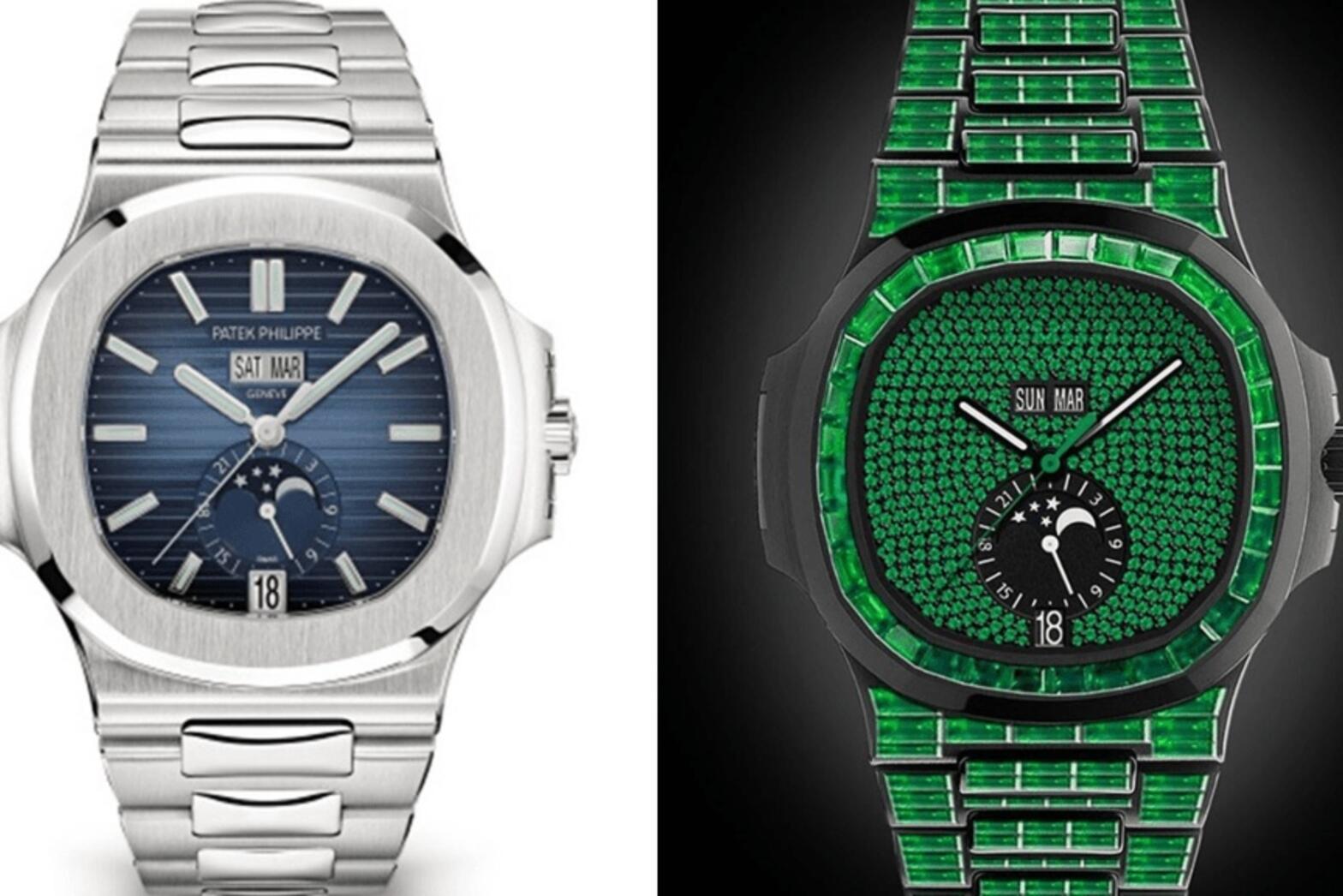
Of equal interest is the burgeoning market for watch customisation: a decidedly ‘of the moment’ trend, driven in large part by its popularity amongst fashion insiders. Often anathema to more orthodox elements in the watch collecting community, we’ll nonetheless consider how designers in the mould of ALYX’s Matthew Williams and Virgil Abloh dissect, destroy, and reinterpret some of watchmaking’s most influential designs. In tandem, we’ll unpack the increasingly significant role those watches play in the cultural firmament and find out what it takes for fashion designers to get their mad-cap creations (e.g. the Patek that allegedly had Drake’s “wrist goin’ nuts”) onto the person of notable public figures.
There’s also the obvious (yet no less interesting) phenomenon of direct collaboration - between watchmakers and the fashion set. For reasons that are self-evident, such partnerships have intensified over the past two years: so much so that collectors now have well over a dozen such collabs to choose from, encompassing an array of fashion subcultures. Fashion’s tribal connotations have always been well-established in the watch industry, but now, there’s an explicit option for those wanting to wear their passion (for every kind of clothing culture) on the wrist.
Music

Whether it’s Eric Clapton’s rare platinum Patek 2499 or the iconic imagery of a Navitimer-toting Miles Davis live at The Salle Pleyel, watches have long been a regular occurrence within the music industry: invariably, for many of the same reasons that have made them such a prolific sight in the world of professional sports and cinema. But in the 21st century, nowhere is that relationship more sacrosanct than hip-hop — a genre in which luxury watches have attained a totemic aura as “king-making talismans that dictate one’s place in the pecking order”.
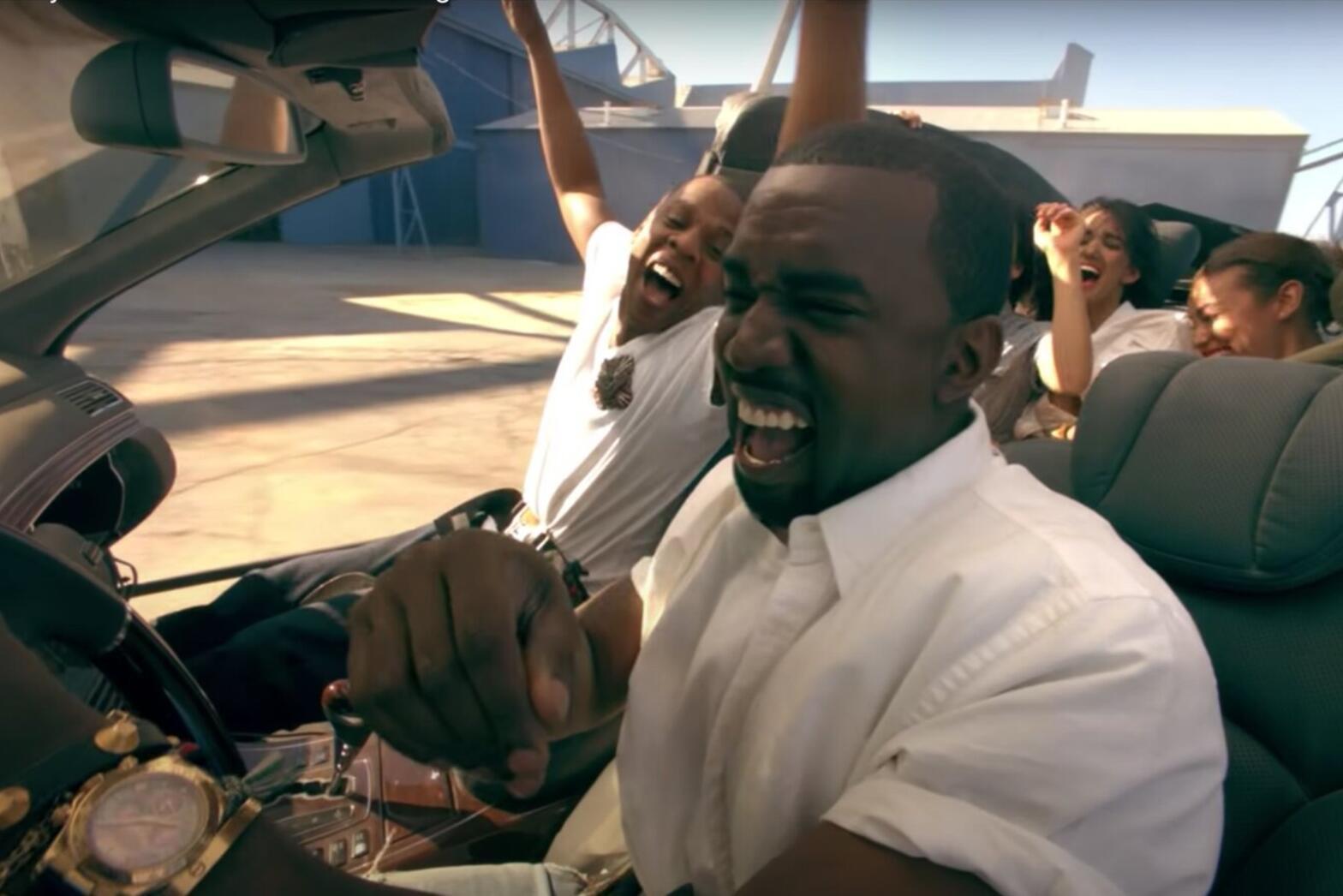
To be sure, in subsequent instalments of ‘Culturecheck’ we’re certain to address the not-insignificant relationship that exists between watchmaking and more niche genres (e.g. rock and jazz) but in 2021, there is simply no other musical artform with which horology has had as pivotal and consequential an association as hip-hop. Indeed, watches are so ingrained in hip-hop — ergo, popular culture — that you can chart the evolution of their role with the passing of each decade: beginning in the 1990s with their emergence as purely aspirational objects; then, sources of lucrative endorsement in the 2000s; and finally, a vehicle for full-blown artist collaboration in the Noughties.
Art & Design
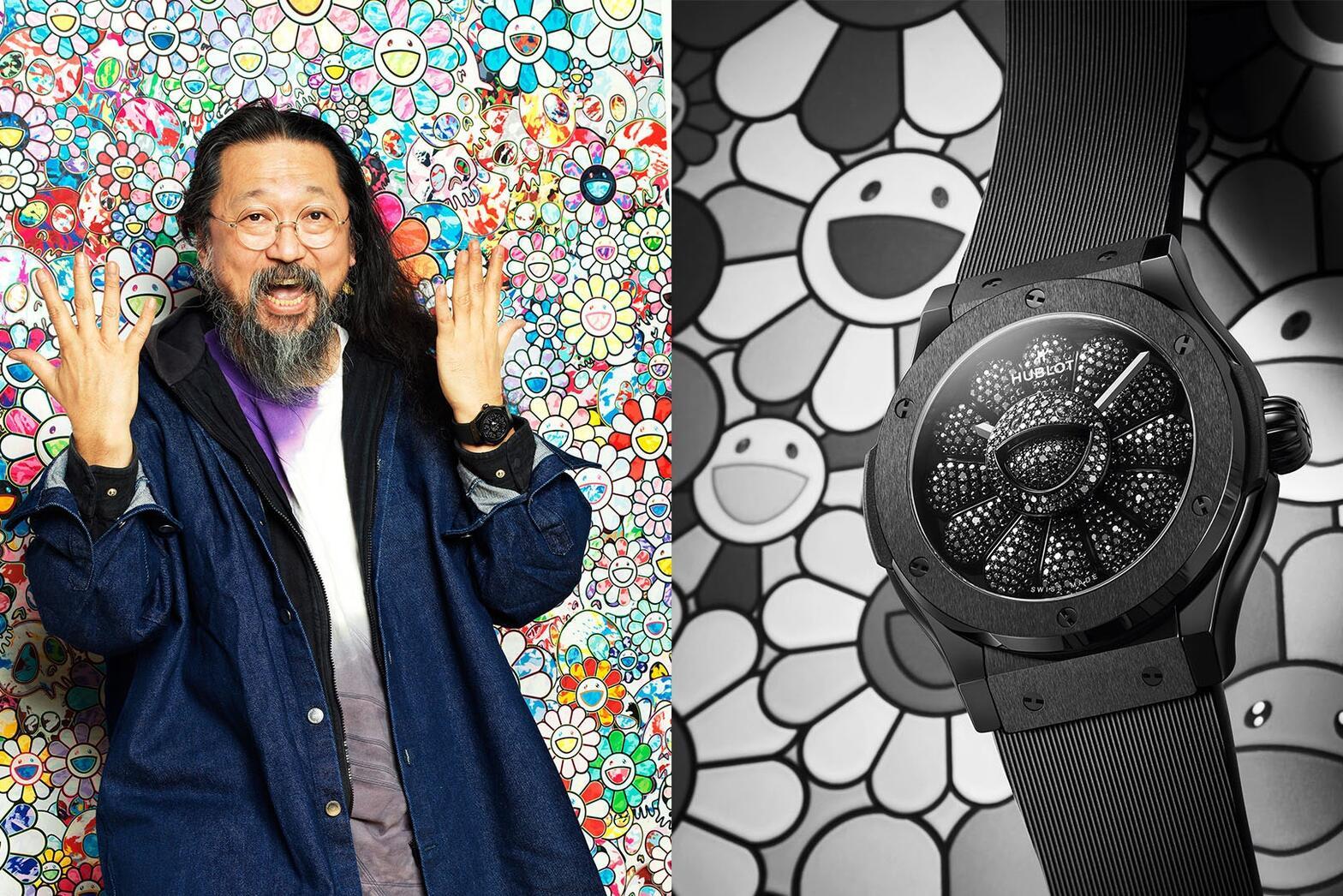
Despite its comparatively recent reputation for mass production and practicality, the watch industry’s kinship to the world of fine art goes back centuries: a somewhat unsurprising fact when one considers that today’s watches are descended from clockmaking in the Renaissance. As portable objects made to be worn upon one’s person (first in the pocket, then on the wrist) timepieces have long reflected the ‘spirit of the age’: everything from the Tank Cintrée - evoking the booming Art-Deco years of the ‘Roaring Twenties’ - to the audacious new Classic Fusion - recently unveiled as a collaboration between Hublot and the Japanese artist Takashi Murakami.
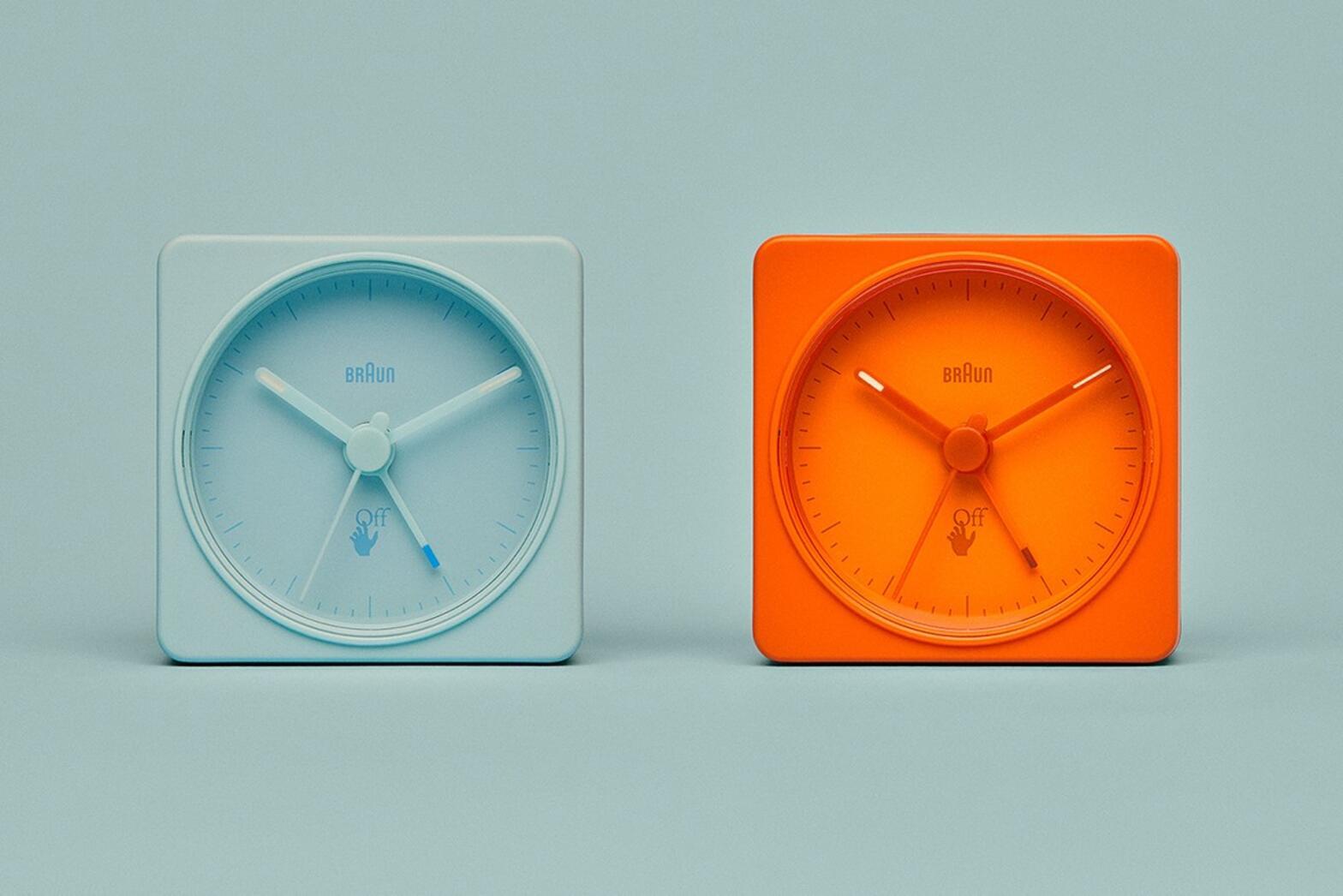
One artistic approach we’re especially keen to explore under the proverbial loupe — more so than Baroque or Art-Deco — is Bauhaus, the historic multidisciplinary design school founded in 1919 that continues to have a profound impact today. Least of all in watchmaking. For many collectors — particularly those who arrived at the more affordable end of the hobby — the Bauhaus’ teachings read like a cheatsheet for good horological design. Striving to create products that express radical purity in form through the rubric of function, the movement’s’ legacy — as far as watches are concerned — has been to inspire numerous timepieces that feel ‘simple but significant’: from the Nӧmos Tangente to Braun’s Off-White-fied BC02 alarm clock. Like we said, a profoundly impactful legacy.
Film & Television
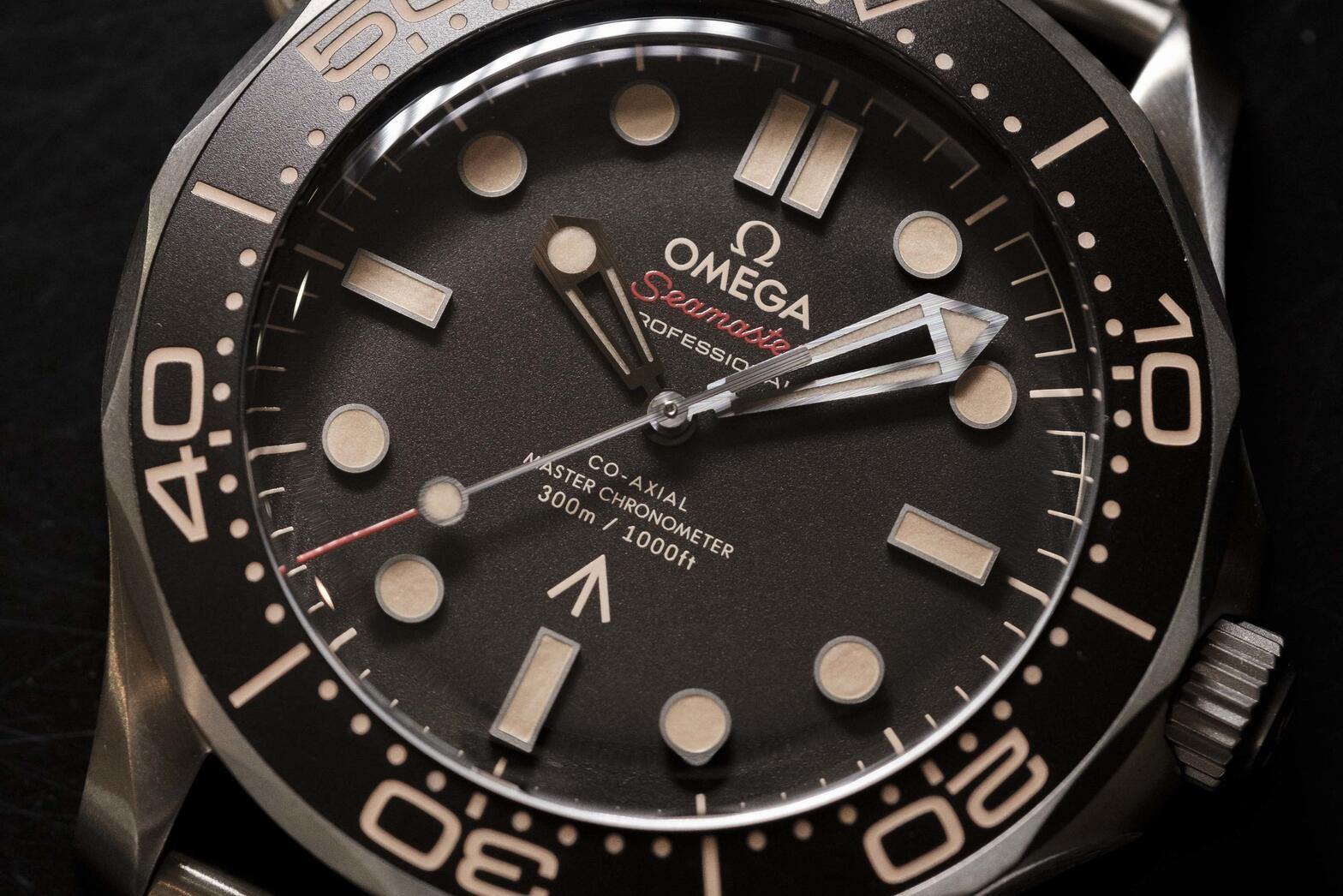
Everyone remembers the first time they saw a great looking timepiece at the movies. The history of watches being worn on-screen harkens back to at least the Golden Age of Hollywood; and since then they’ve appeared in every genre of filmmaking under the sun: from gripping sci-fi (Aliens) to prestige television (Mad Men). Children of the 90s — guilty as charged — may even recall a certain laser-emitting Omega Seamaster — wielded by England’s favourite 00 agent during a tense escape in the 1995 spy film Goldeneye. That’s all before we even arrive at the topic of the Marvel Cinematic Universe, and the increasingly high-profile alliances it has begun to form with certain watch brands.
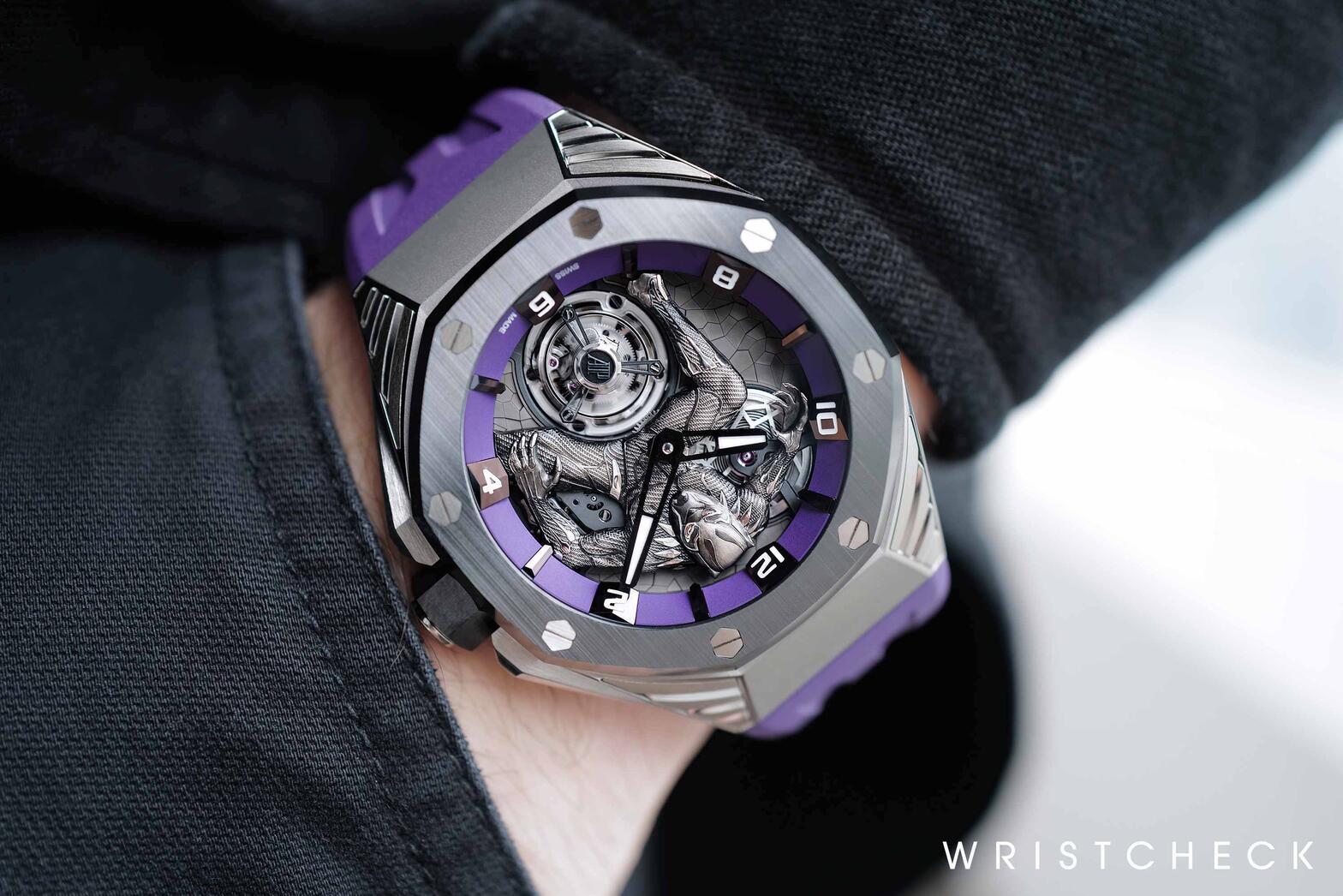
Throughout future editions of ‘Culture Check’, we’ll be documenting the many parts watches have played in film & television over the decades. Far from just trivial bits of costume, we’ll reflect on the many times filmmakers have portrayed watches as crucial plot devices; and how limited edition tie-ins have become integral to the business of marketing a blockbuster franchise. Not to mention: you’ll probably pick up an honorary film studies diploma along the way.
Motorsport
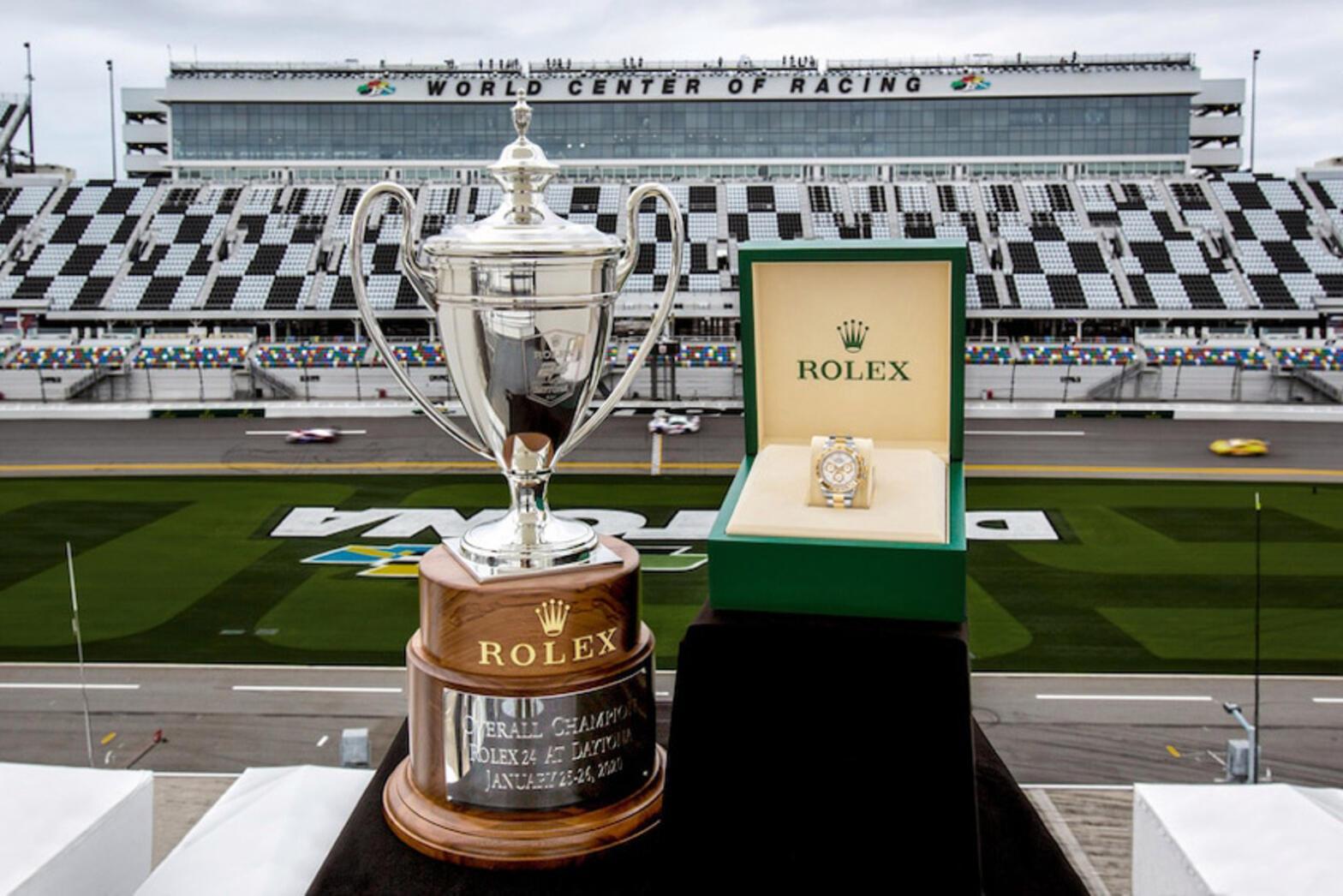
It seems faintly absurd to say so aloud, but the connection between mechanical watches and motorsports has always been the most deeply rooted. Beyond the conceptual parallels that are plain for all to see (i.e. both fields’ obsession with speed, precision engineering and pushing the boundaries of performance) there’s another simpler explanation why fast cars and watches are so synonymous with one another. In either case, everything is about time — its measurement, mastery, and celebration. To put it another way: in 1963, when Rolex christened the chronograph that would become king (of hype culture) ‘Daytona’, it certainly wasn’t because of the location’s popularity with spring breakers.
Along with a handful of other mid-20th century races such as Le Mans and Carrera Panamericana, the massive international spectacle of the Daytona 500 would pave the way for today’s rapturous (and at times, all-consuming) culture of watches mixed with motorsport. As in the realms of film, design and music, over the course of multiple editions we’ll be disassembling the proverbial engine in order to see how everything fits together — beginning with an abridged profile of the watch brands that have sponsored legendary competitions in the world of motorsport. We’ll also consider the practical function that watches — and their predecessors, in the guise of dashboard timers — have to play in the timing of a race, and how executives (some more capable than others) go about the task of getting drivers like Lewis Hamilton or Max Verstappen into their brand. Last but not least, we’ll poke around the factory floor to get a better understanding of just how similar haute horlogerie is to building a supercar — and what mutual wisdom unites the two.
